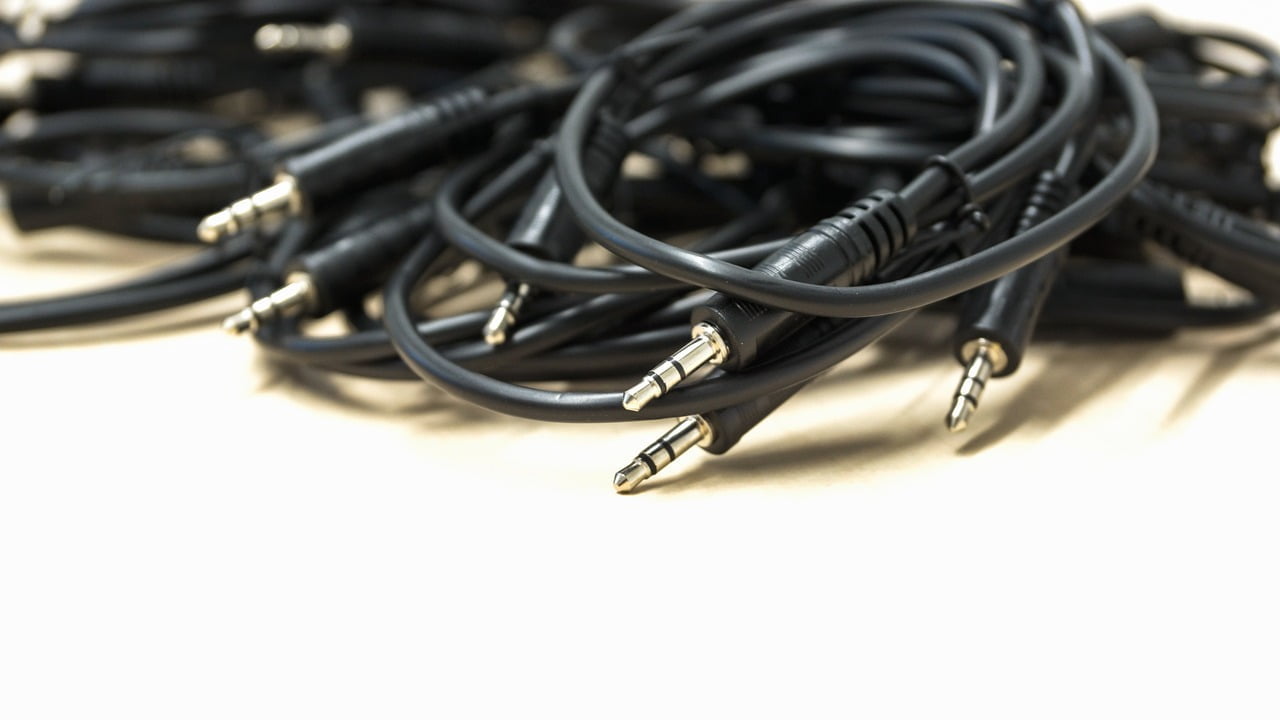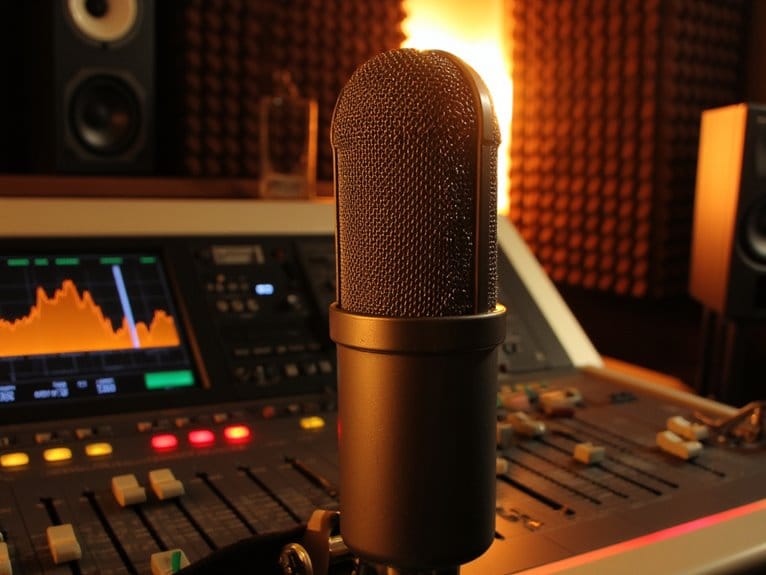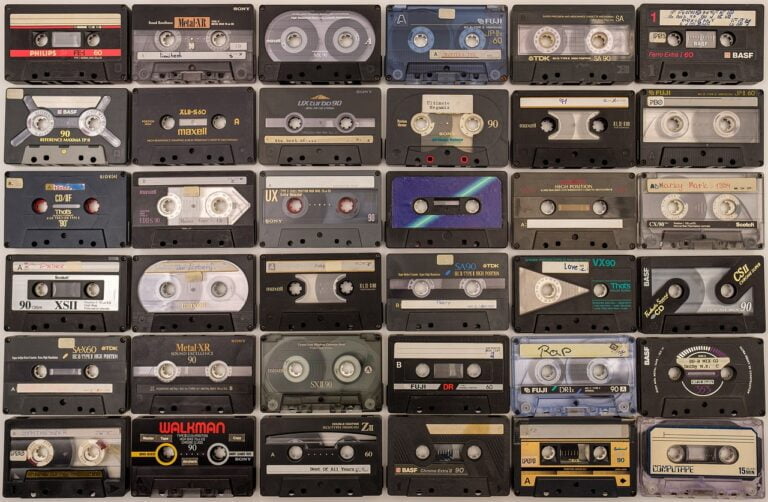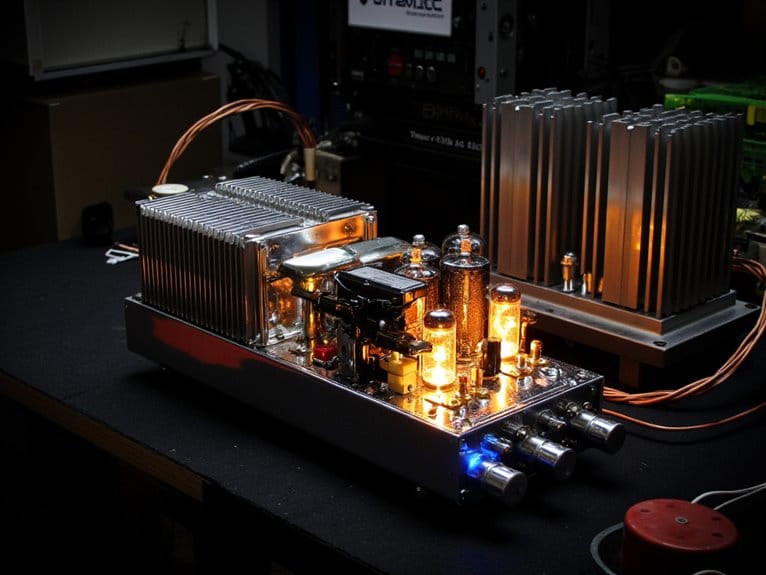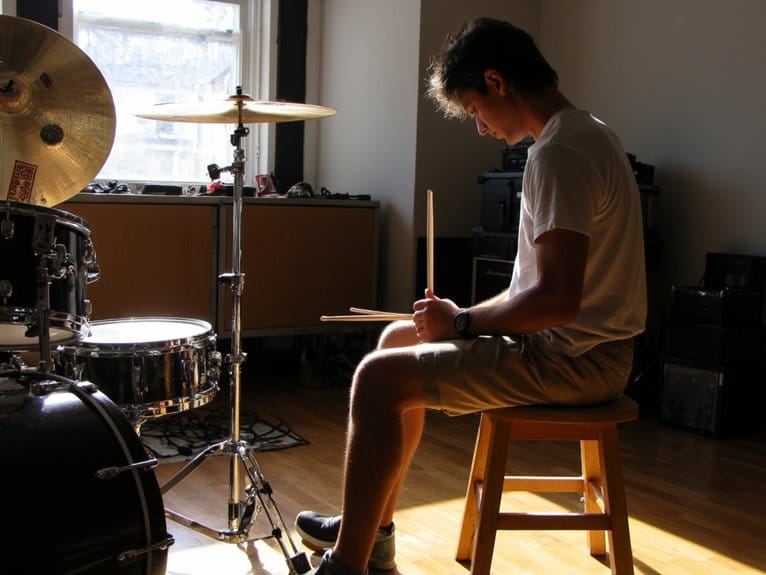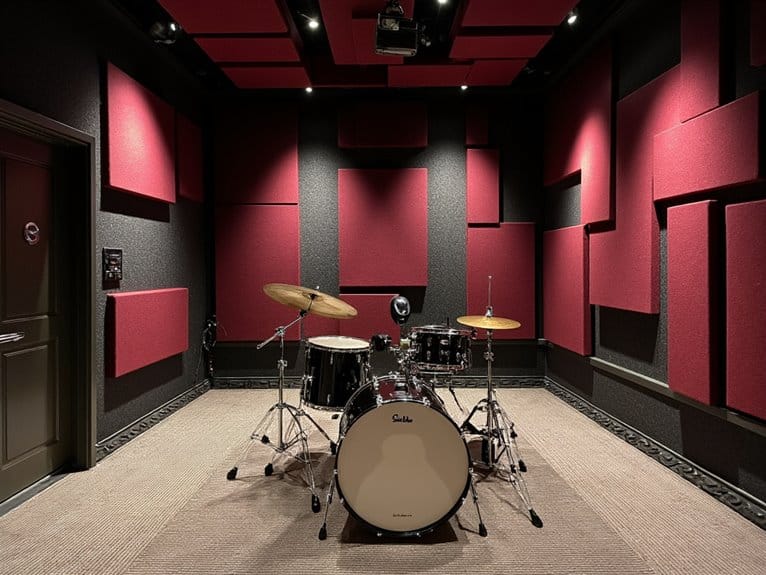Common Home Studio Wiring Issues: Identifying and Resolving Problems
Hey there! Are you tired of dealing with those pesky problems in your home studio? You know, the annoying noise interference, ground loops, and signal loss that just seem to zap away your creativity and productivity? Well, fret not! We've got your back and we're here to help you out.
We are supported by our audience. When you purchase through links on our site, we may earn an affiliate commission, at no extra cost for you. Learn more.
In this article, we're gonna dive deep into the world of common wiring issues that can plague your home studio. We'll show you how to identify and resolve these problems so you can get back to making sweet music without any hiccups.
First things first, let's talk about power supply problems. You know, those moments when your gear just doesn't seem to get enough juice to work properly. We're gonna give you some practical tips on how to tackle these power issues head-on and ensure your equipment is running smoothly.
But hey, that's not all! We're also gonna tackle the pesky cable connections that can cause all sorts of headaches. We'll show you how to troubleshoot those finicky cables and get them working like a well-oiled machine. No more crackling or buzzing sounds ruining your recordings!
So, are you ready to take your home studio to the next level? Get ready for a seamless recording experience with our awesome tips and solutions. Say goodbye to those frustrating wiring issues and hello to top-notch audio quality. Let's do this!
Noise Interference: Causes and Solutions
If you're experiencing noise interference in your home studio, identifying and resolving the causes is crucial for achieving high-quality recordings. One common cause of noise interference is poor grounding. Make sure all your equipment is properly grounded to minimize electrical noise. Another potential culprit is electromagnetic interference (EMI) from nearby electronic devices. Keep your studio away from sources of EMI, such as Wi-Fi routers or fluorescent lights. Additionally, using shielded cables can help prevent interference from external sources. If you're using unbalanced connections, consider switching to balanced connections, as they are less susceptible to noise. Finally, check your power supply. A faulty power supply can introduce noise into your system. By addressing these issues, you can create a quiet and interference-free environment for your home studio recordings.
Ground Loops: How to Identify and Fix
To identify and fix ground loops in your home studio, start by understanding the common causes and implementing effective solutions. Ground loops occur when there are multiple paths for electrical current to flow, resulting in unwanted noise and interference in your audio signal. One common cause is connecting audio equipment to different power outlets, creating potential differences in ground potential. To fix this, use a single power outlet or consider using isolation transformers or ground loop isolators. Another cause can be improper grounding of audio equipment. Ensure that all devices are properly grounded and use balanced connections whenever possible. Additionally, avoid running audio cables parallel to power cables, as this can induce noise. By addressing these issues, you can eliminate ground loops and achieve cleaner, high-quality audio in your home studio.
Proper Cable Connections: Importance and Troubleshooting
In the article 'Common Home Studio Wiring Issues: Identifying and Resolving Problems', continue the discussion by addressing the importance of proper cable connections and troubleshooting techniques. Proper cable connections are crucial in a home studio setup as they ensure optimal signal flow and minimize potential issues. When cables are not connected correctly, you may experience problems such as audio dropouts, noise interference, or even equipment damage. To troubleshoot cable connection issues, start by visually inspecting the cables for any visible damage or loose connections. Ensure that the cables are securely plugged into their respective ports. If the problem persists, you can try using different cables to rule out any faulty ones. Additionally, using high-quality cables and connectors can greatly improve the overall performance and reliability of your home studio setup.
Power Supply Issues: Resolving Electrical Problems
Address power supply issues in your home studio by ensuring a reliable and consistent electrical connection. Unstable power can lead to various problems such as audio distortion, equipment damage, and even fire hazards. To resolve these electrical issues, consider investing in a high-quality surge protector or power conditioner to protect your equipment from power surges and voltage fluctuations. Additionally, check your electrical outlets and wiring for any signs of damage or wear, and have a licensed electrician address any issues. It is also important to avoid overloading circuits by distributing the load evenly across multiple outlets. Implementing these measures will help maintain a stable power supply, ensuring optimal performance and longevity of your studio equipment.
Signal Loss and Weakness: Tips for Boosting Audio Quality
Boost your audio quality by addressing signal loss and weakness in your home studio wiring. Signal loss can occur due to various factors such as long cable runs, poor connectors, or interference. To minimize signal loss, use high-quality cables with shielding to reduce electromagnetic interference. Additionally, consider using balanced connections, such as XLR or TRS, which can help reject noise and maintain signal integrity. Weakness in audio signals can be improved by using preamplifiers or amplifiers to boost the signal strength. These devices can increase the gain and eliminate any distortion caused by low signal levels. It is also important to check for loose connections or damaged cables, as these can contribute to signal weakness. By addressing these issues, you can ensure clear and robust audio quality in your home studio.
Conclusion
In conclusion, being aware of common home studio wiring issues and knowing how to identify and resolve them is crucial for maintaining optimal audio quality. By addressing noise interference, ground loops, cable connection problems, power supply issues, and signal loss, you can ensure that your home studio operates smoothly and produces high-quality sound. Remember to regularly check and troubleshoot your wiring setup to prevent any potential issues from affecting your recordings.

